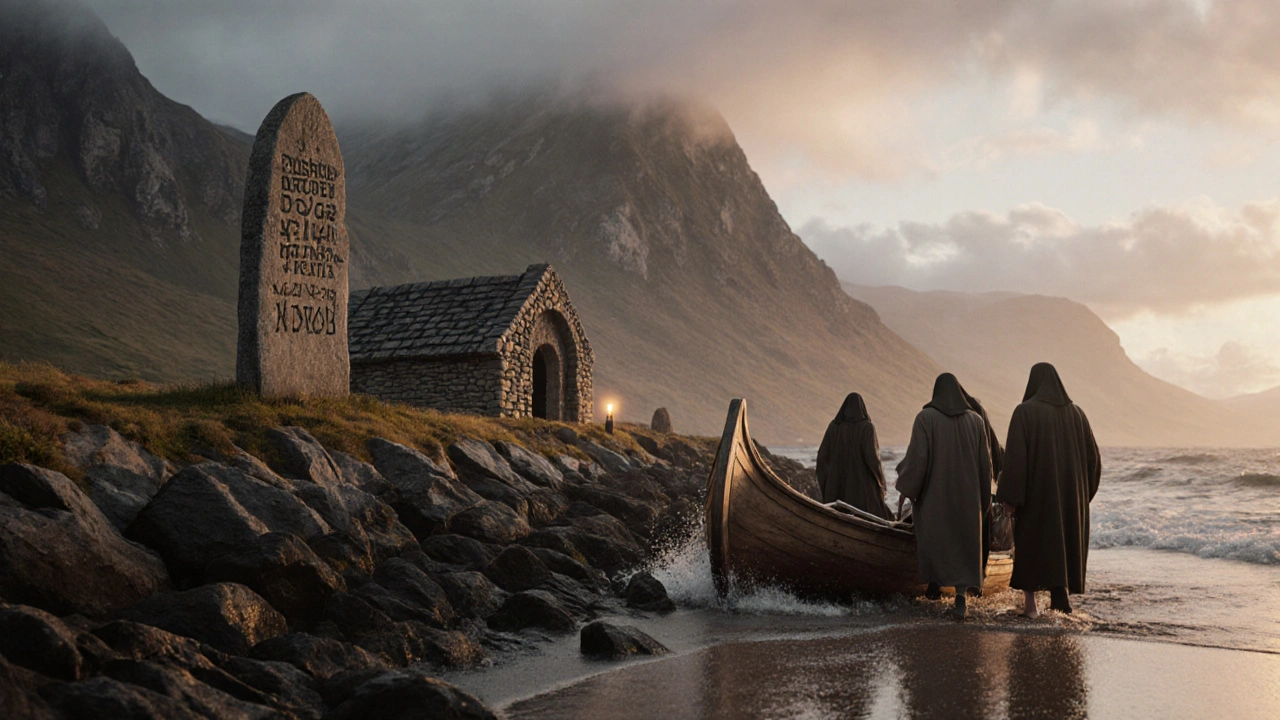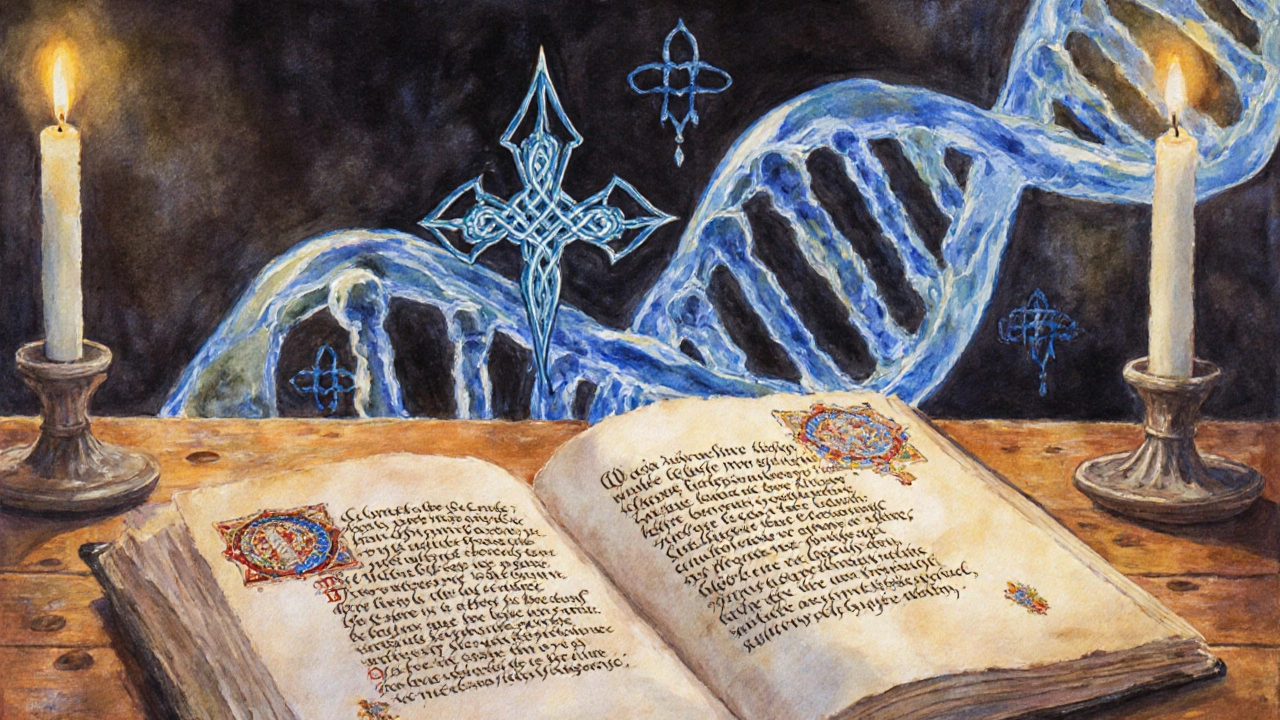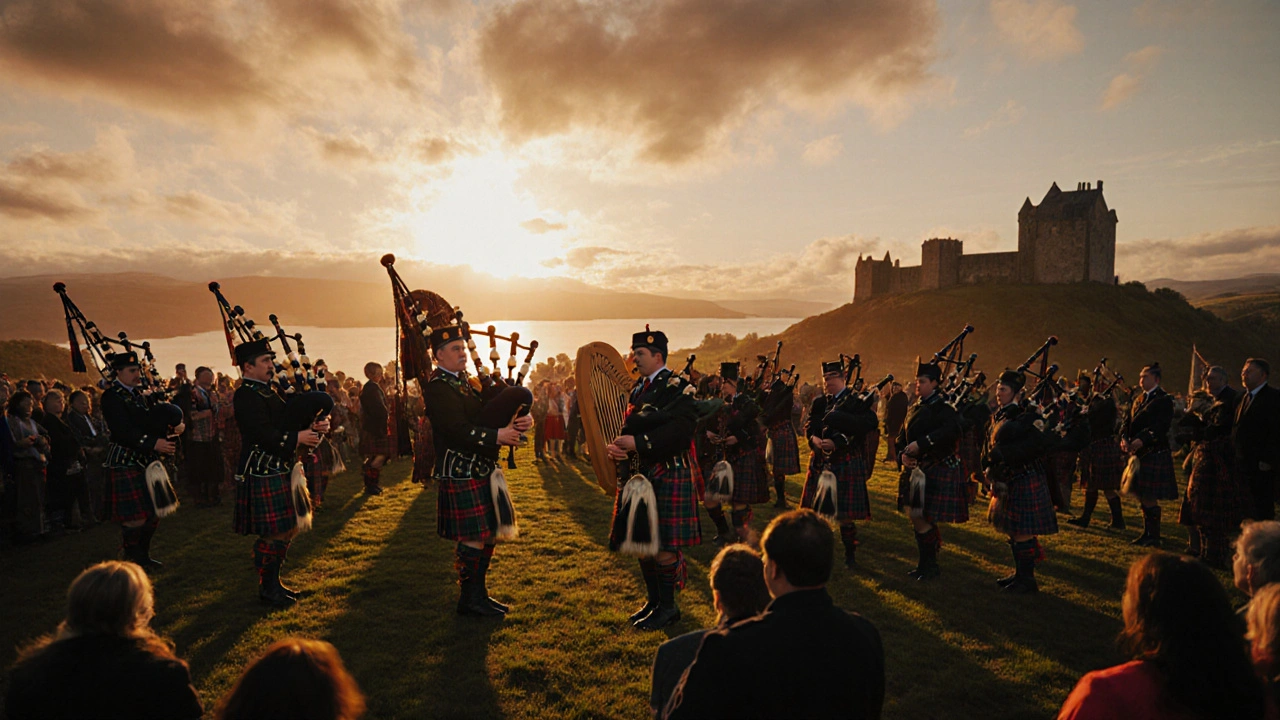
Gaelic Language Knowledge Quiz
Highlanders and Gaelic Connections
Test your knowledge about the linguistic and cultural links between Highlanders and Irish people based on the article content.
Results
When you hear the word Highlanders, you might picture misty mountains, tartan kilts, or a fierce clan battle. But where do those people actually come from - are they Irish, Scottish, or something else entirely? This guide untangles the tangled history, language, and culture that shape the Highland identity.
Historical origins of the Highlanders
Highlanders are a distinct population that grew up in the Scottish Highlands, a rugged region north of the River Forth. Their story begins long before any modern nation‑state, with waves of peoples moving across the British Isles.
The earliest known group in the area were the Picts a Iron‑Age tribal confederation known for stone carvings and resistance to Roman incursions. By the 9thcentury, the Picts had largely merged with incoming Celtic peoples the broader family of tribes sharing language roots, artistic styles, and mythic traditions across western Europe.
Simultaneously, waves of settlers from what is now Ireland crossed the narrow stretch of water known as the North Channel. These newcomers, the Irish Gaels early medieval speakers of Old Irish who brought Christianity and a rich oral tradition to the islands, established monastic sites in the west of Scotland and intermarried with local groups.
The result? A hybrid culture that combined Pictish stone‑working, Gaelic language, and a clan‑based social structure that would later define the Highland image.
Linguistic links: Gaelic in Ireland and Scotland
The language thread is the clearest clue of shared ancestry. Gaelic language a Celtic tongue that split into Irish Gaelic (Gaeilge) and Scottish Gaelic (Gàidhlig) around the 13thcentury was spoken across the Highlands and the western coast of Ireland. Early medieval manuscripts, such as the *Book of Kells*, show identical script and poetry styles used on both sides of the sea.
By the 12thcentury, Scottish kings like David I promoted Gaelic in official courts, while the lowland elite increasingly adopted Anglo‑Norman French. The linguistic divide that later reinforced a Scottish‑Irish split was therefore a relatively recent political development, not an ancient ethnic one.

Genetic and archaeological evidence
Modern DNA studies of people living in the Highlands reveal a high proportion of the Y‑chromosome haplogroup R1b‑M269, a marker common throughout western Europe and especially prevalent in Ireland. A 2022 University of Edinburgh analysis of ancient remains from sites like Dunnottar Castle showed a genetic continuity with Irish populations dating back to the 5thcentury.
Archaeologically, the spread of Pictish symbol stones and the later emergence of the iconic “Celtic cross” design are found in both northern Scotland and eastern Ireland, suggesting shared religious and artistic influences.
Cultural markers that bind the Highlands
Beyond language and genes, several cultural hallmarks tie the Highlanders to Irish roots while also forging a unique Scottish identity.
- Clan system a kin‑based network of families led by a chief, which originated in Gaelic societies and spread across the Highlands in the 13thcentury. Clans such as MacLeod, Campbell, and MacDonald claim descent from both Pictish and Gaelic ancestors.
- Traditional music featuring the bagpipe, fiddle, and harp - instruments introduced from Ireland and adapted locally.
- Highland dress, especially the tartan kilt, which mixes Celtic weaving patterns with later Victorian fashion influences.
These elements created a cohesive regional identity that persisted even as political borders hardened.
Modern identity: Do Highlanders call themselves Irish or Scottish?
Today, most people living in the Highlands self‑identify as Scottish. The 2021 Scottish Census recorded over 96% of Highland residents selecting “Scottish” as their national identity, with only a small minority (around 2%) indicating “Irish”.
However, cultural pride often references the Irish‑Gaelic link. Festivals like the Feis an Eilein in Inverness celebrate Gaelic music and dance, acknowledging a shared Celtic heritage that transcends modern borders.
In diaspora communities, especially in Canada’s Nova Scotia and the U.S. Appalachian region, Highlander ancestry is frequently described as “Scots‑Irish” - a nod to the historic migration of Gaelic‑speaking peoples from both Scotland and Ireland.

Highlanders vs. Lowlanders: A quick comparison
| Aspect | Highlanders | Lowlanders |
|---|---|---|
| Primary language (historical) | Gaelic (Gàidhlig) | Scots/English |
| Social structure | Clan‑based, kinship loyalty | Feudal landowners, town merchants |
| Typical dress | Tartan kilts, brogues | Plain woolens, later Victorian attire |
| Cultural icons | Bagpipes, Highland games | Robert Burns poetry, Lowland ballads |
| Political alignment (18thc.) | Jacobite support, clan autonomy | Pro‑Union, Parliament of Great Britain |
Bottom line
Highlanders are fundamentally a Scottish people, but their DNA, language, and early history are deeply intertwined with Irish Gaelic culture. The label “Irish” applies to their ancestors and to the broader Celtic world, while “Scottish” describes the nation‑state they have inhabited for centuries.
Frequently Asked Questions
Did the Highlanders originate from Ireland?
Early Gaelic settlers arrived from Ireland between the 5th and 8thcenturies, mixing with the native Picts. This blend created the cultural base of the Highlanders, but they also descended from local peoples.
Are Highland Gaelic and Irish Gaelic the same language?
They share a common ancestor, Old Irish, and remained mutually intelligible for centuries. Divergence into distinct Scottish and Irish Gaelic varieties accelerated after the 13thcentury.
What genetic evidence links Highlanders to the Irish?
DNA studies show a high frequency of the R1b‑M269 haplogroup, common in both Irish and Highland populations, indicating shared ancestry dating back to the early medieval period.
Do modern Highlanders consider themselves Irish?
The vast majority identify as Scottish. Cultural events often celebrate a pan‑Celtic heritage, acknowledging Irish roots without redefining national identity.
How did the clan system develop?
The clan system evolved from early Gaelic kin groups, formalising in the 13thcentury as chiefs sought collective security against external threats and internal rivalries.
